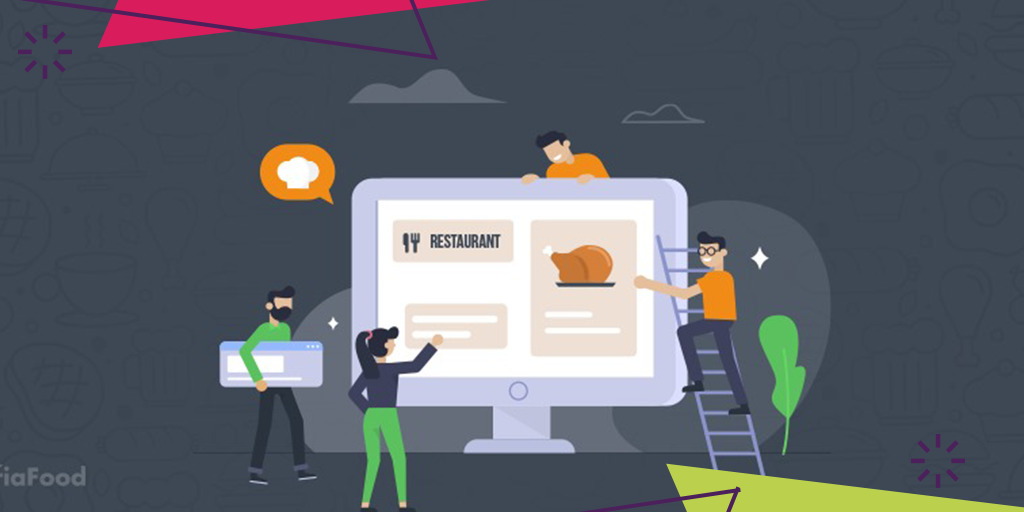How Customer Data Fuels Effective Restaurant Marketing
How Customer Data Fuels Effective Restaurant Marketing
In the competitive world of restaurants, where taste buds battle for loyalty, understanding your customers is the secret ingredient to success. Gone are the days of generic marketing campaigns hoping to capture a broad audience. Today, data reigns supreme, empowering restaurants to personalize their approach and create targeted marketing strategies that resonate with their ideal diners. So, why is customer data so crucial for restaurant marketing, and how can restaurants leverage it to their advantage?
1. Unveiling Your Customer:
- Understanding Preferences: Data paints a vivid picture of your customer base. Analyze purchase history, identify popular menu items, and track spending patterns. You’ll understand what your customers crave, the time of day they typically order, and their average order value. This knowledge allows you to tailor marketing messages and promotions to their specific preferences. Imagine targeting brunch enthusiasts with weekend mimosa deals or promoting family-friendly meal options to customers with frequent large orders.
- Segmenting Your Audience: Customer data empowers you to segment your audience into distinct groups with similar preferences. This allows for highly targeted marketing campaigns that resonate more deeply. Target health-conscious customers with promotions highlighting your new salad selection or entice late-night foodies with special “munchies” menus. Segmented marketing fosters a sense of connection and increases the effectiveness of your campaigns.
- Identifying Loyal Customers: Data reveals your most loyal customers. Reward their patronage with exclusive offers, birthday discounts, or early access to new menu items. This fosters a sense of appreciation and incentivizes repeat business.
2. Crafting Compelling Marketing Campaigns:
- Personalized Email Marketing: Leverage customer data to personalize email marketing campaigns. Recommend dishes based on past orders, highlight new offerings they might enjoy, and offer birthday greetings with special promotions. This targeted approach feels more personal and increases the likelihood of engagement and conversion.
- Social Media Marketing with a Focus: Utilize social media platforms like Facebook and Instagram to showcase your offerings. Align ads with customer segments, featuring content relevant to their preferences. Run social media contests or giveaways targeted at specific demographics to attract new customers and generate excitement.
- Loyalty Programs with Bite: Customer data empowers you to design effective loyalty programs. Offer points for dine-in, takeout, or delivery orders, and reward them with free meals, exclusive menu items, or merchandise. This incentivizes repeat visits and encourages customers to spend more.
3. Optimizing Your Marketing Efforts:
- Measure and Analyze Results: Track the effectiveness of your data-driven marketing campaigns. Analyze metrics like open rates on emails, click-through rates on social media ads, and redemption rates on promotions. Use this data to refine your approach, identify what resonates with customers, and optimize your marketing spend for maximum return on investment.
- Identify Emerging Trends: Customer data can also help identify emerging trends in your local market. Monitor what dishes are selling well, what delivery times are most popular, and adjust your marketing efforts accordingly. This ensures you stay at the forefront of customer preferences and remain competitive.
4. Building Customer Relationships:
- Understanding Feedback: Customer data often includes feedback from online reviews or surveys. Use this information to identify areas for improvement, address customer concerns promptly, and showcase positive testimonials. This demonstrates responsiveness and builds trust with your customer base.
- Two-Way Communication: Customer data facilitates a two-way communication channel. Leverage data to personalize marketing messages and offer relevant recommendations, while also using feedback channels to understand customer needs and preferences. This fosters a sense of connection and encourages customer loyalty.
Conclusion:
In the ever-evolving restaurant landscape, customer data is no longer a luxury; it’s a necessity. By leveraging customer data, restaurants can gain valuable insights into their audience, create targeted marketing campaigns, and ultimately cultivate a loyal customer base. Remember, data is just the beginning. It’s how you interpret it, personalize your approach, and build genuine connections with your customers that will truly transform your restaurant marketing strategy and fuel long-term success. So, go forth, decode your customer data, and watch your restaurant flourish!






